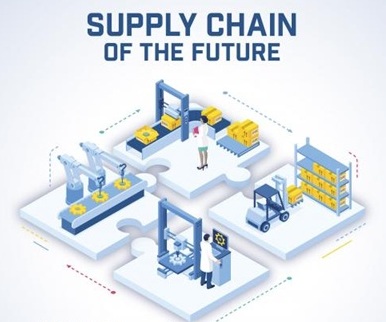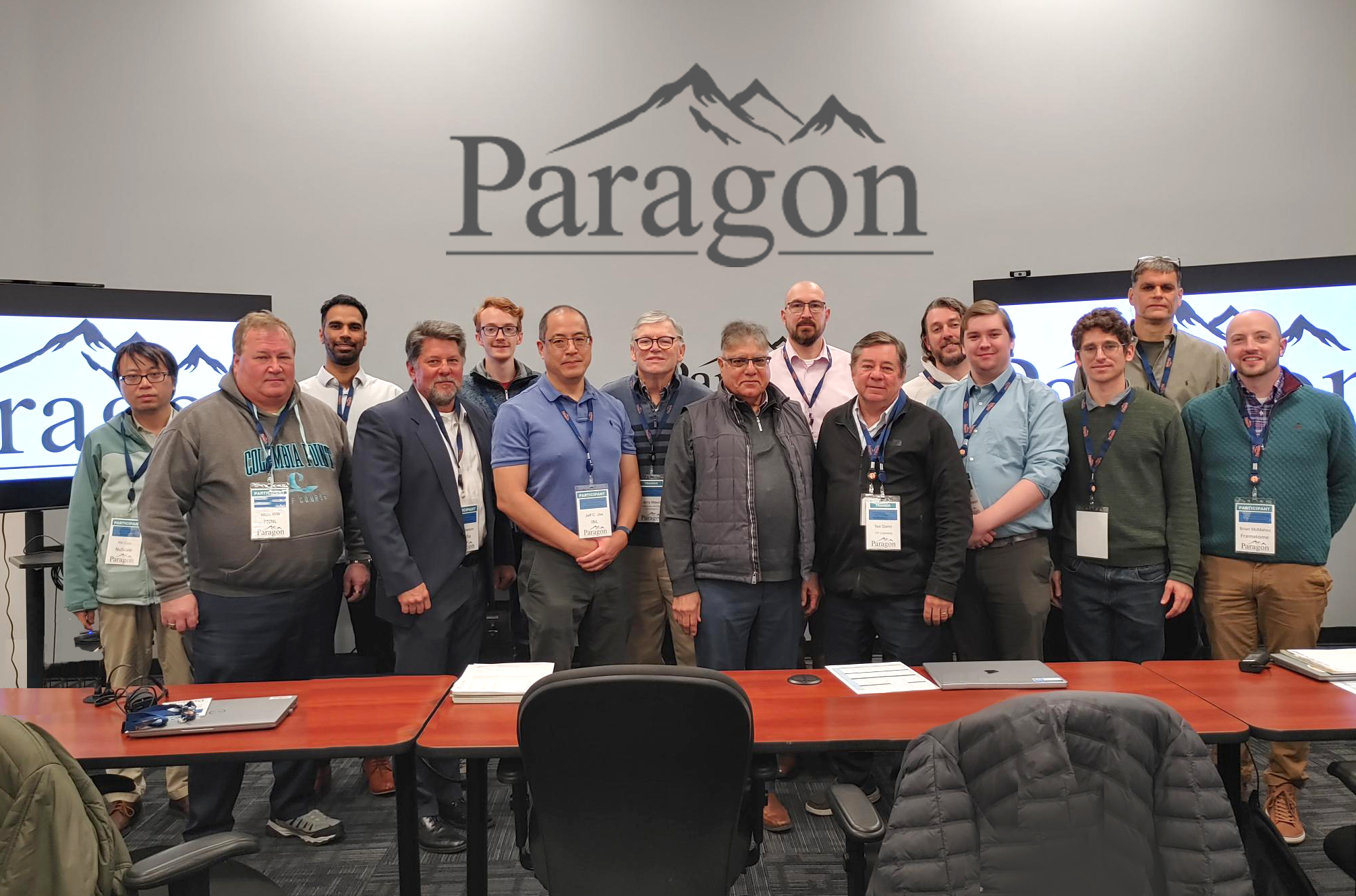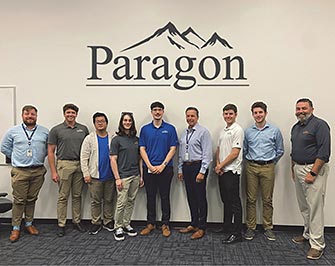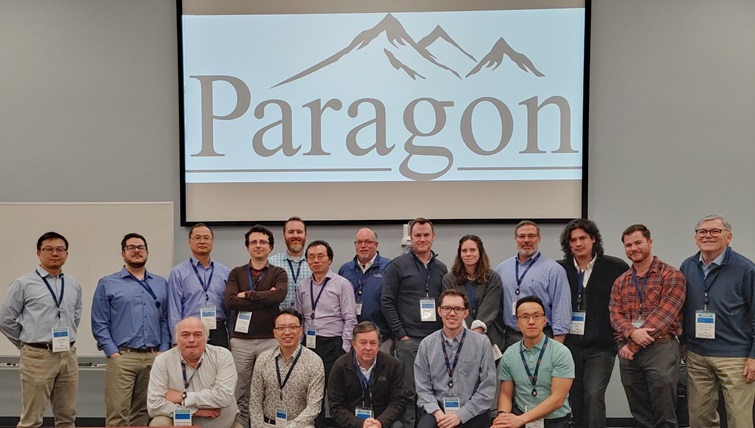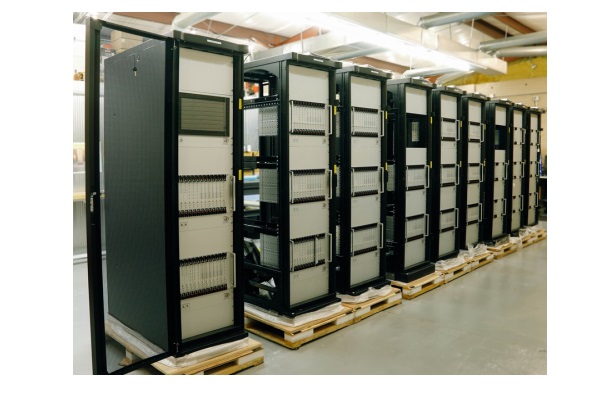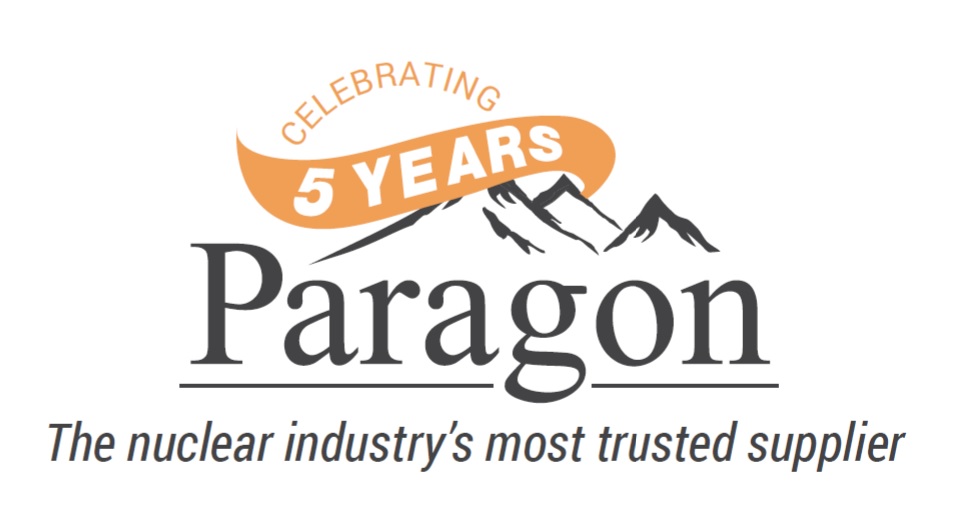What does the nuclear supply chain need now?
Certainty! As CEO of Paragon, I’m excited by the momentum in our industry. But like every nuclear business leader, I grapple with the challenges of delivering projects on time amid capacity and investment constraints. While the industry’s future is bright, the timing of good news doesn’t always align with commitment orders.

